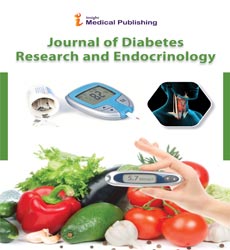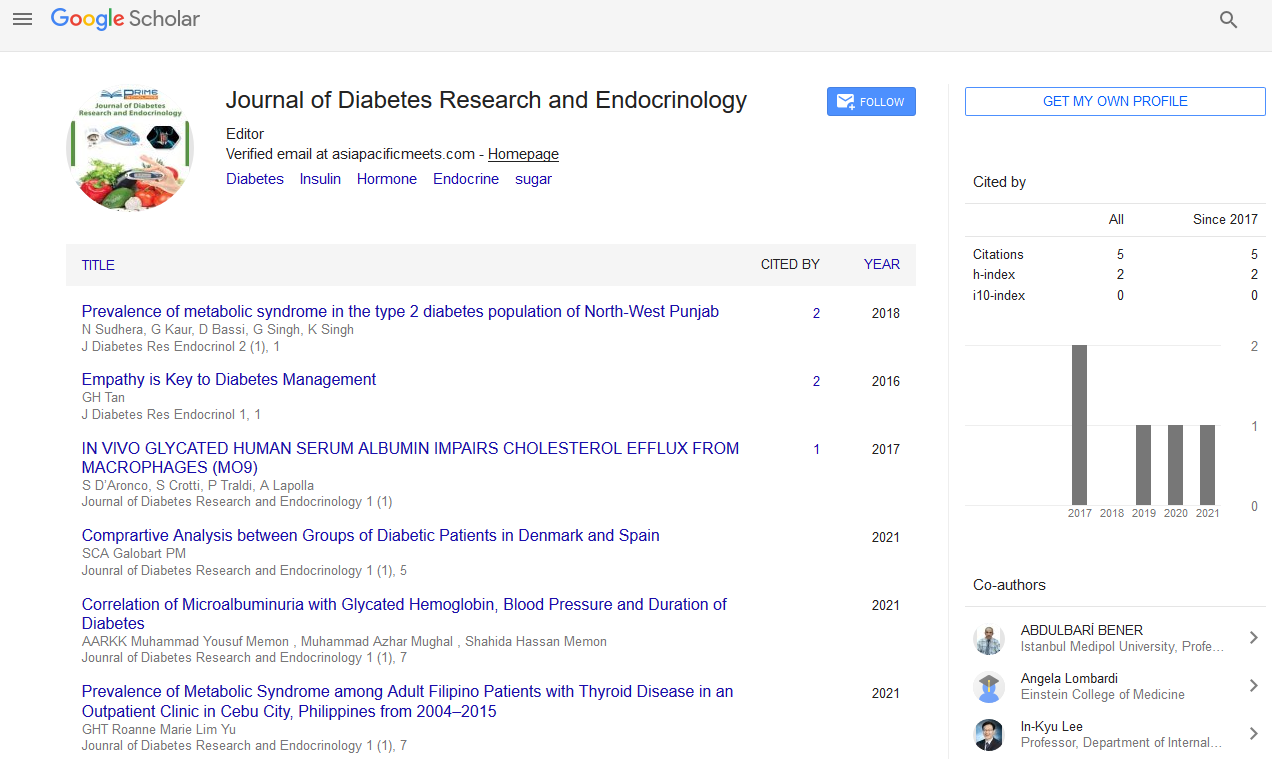Ferdinand Gerlach*
Department of Medical Science, University of Graz, Graz, Austria
- *Corresponding Author:
- Ferdinand Gerlach
Department of Medical Science,
University of Graz,
Graz,
Austria,
E-mail: Ferdinand.gerlach@medurang.au
Received Date: July 02, 2021 Accepted Date: July 16, 2021 Published Date: July 23, 2021
Citation: Gerlach F (2021) Non-Pregnant Persons with Type 2 Diabetes Mellitus- Pregnant Persons Type 2 Diabetes Mellitus .J Diabetes Res Endocrinol. Vol.5 No.4:e001.
Description
We recognized 10 preliminaries that satisfied the
incorporation rules, randomizing 2751 members; 1388
members were randomized to get insulin analogs and 1363
members to get standard human insulin. The length of the
intercession went from 24 to 104 weeks, with a mean of
around 41 weeks. The preliminary populaces showed variety
in infection span, and incorporation and avoidance rules. None
of the preliminaries were dazed, so the danger of execution
predisposition and discovery inclination, particularly for
abstract results, like hypoglycaemia, was high in nine of 10
preliminaries from which we separated information. A few
preliminaries showed irregularities in the detailing of strategies
and results.
Our examination tracked down no unmistakable advantages
of short‐acting insulin analogs over standard human insulin in
individuals with type 2 diabetes. Generally, the conviction of
the proof was poor and results on patient‐relevant results, as
all-cause mortality, microvascular or macrovascular confusions
and serious hypoglycaemic scenes were inadequate. Longterm
viability and wellbeing information are expected to
make determinations about the impacts of short‐acting insulin
analogs on patient‐relevant results.
Insulin preparations used for prandial application or the fastacting
component of pre-mixed insulin can either be regular
human insulin (RHI) or short‐acting insulin analogues. In
contrast to human endogenous insulin, insulin analogues have
a slightly modified molecular structure, resulting in different pharmacokinetic profiles. When regular human insulin is
injected subcutaneously, the plasma insulin concentration peaks
about two to four hours after injection, unlike the much earlier
plasma insulin peak in non‐diabetic people after meal ingestion.
This low rise to peak insulin concentration makes it difficult to
mimic physiologic temporal insulin profiles, and is likely to
account for much of the observed hyperglycaemia following
meals in people with type 2 diabetes.
In general, improvement in glycaemic control through insulin
therapy is frequently associated with weight gain, which in turn,
can have negative consequences on blood pressure and lipid
profiles. Especially for people with type 2 diabetes struggling
with obesity, this adverse effect could have consequences for
compliance. To date, there are no trials that have reported a
relevant difference in weight gain between short‐acting insulin
analogues and regular human insulin in people with type 2
diabetes.
This restriction was introduced to better focus on the effects
of insulin analogues on patient‐relevant outcomes. In order to
come to conclusions on long-term outcomes, such as mortality
or microvascular or macrovascular complications of diabetes,
trials with a follow-up duration of several years would be
required. The longest trials we found in our systematic search
had a follow-up duration of 24 months. None of the included
trials investigated the effects of insulin analogues on
microvascular or macrovascular complications. The inclusion of
observational trials would have potentially been more fruitful in
this case, but at the cost of relying on data with high risk of bias.

